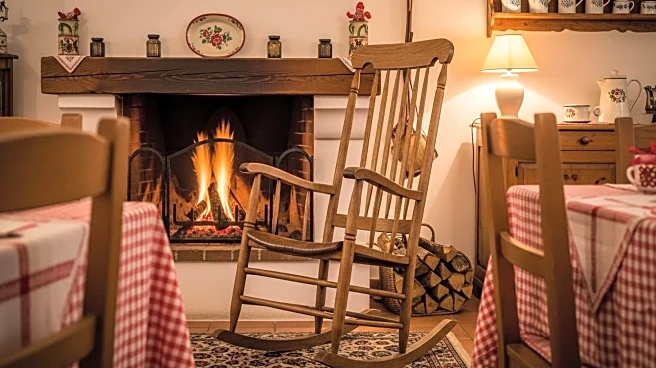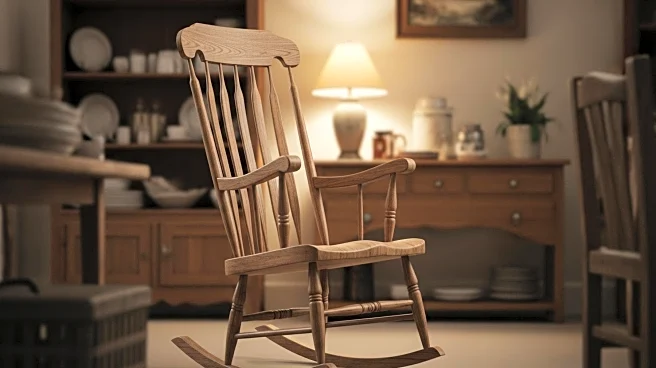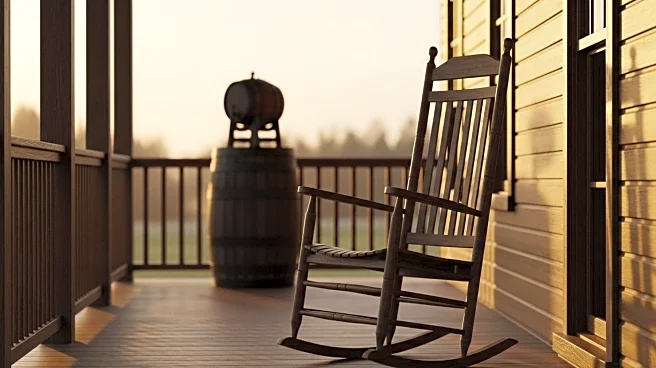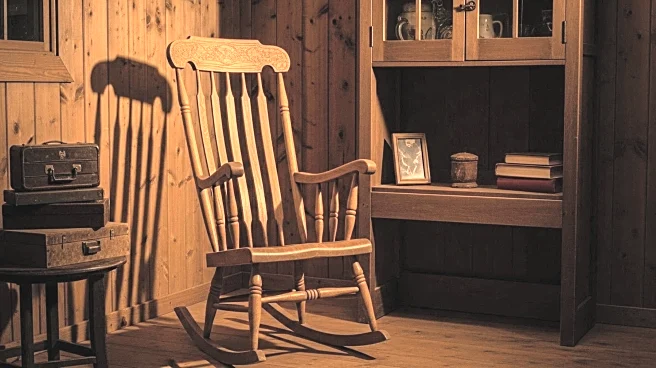What's Happening?
Cracker Barrel Old Country Store has recently unveiled a new logo, replacing the traditional image of an old man leaning against a barrel with a text-only design. This change is part of the company's 'All the More' campaign, which includes a refreshed menu and restaurant remodels. Despite the company's chief marketing officer, Sarah Moore, promoting these changes as bringing fresh energy and hospitality, the new logo has faced significant backlash on social media. Critics have described the logo as generic and a downgrade, with some expressing dissatisfaction with the restaurant's shift away from its traditional country cooking style.
Why It's Important?
The backlash against Cracker Barrel's new logo highlights the challenges companies face when altering long-standing brand elements. Such changes can alienate loyal customers who have emotional connections to the original branding. The criticism also underscores the importance of maintaining brand identity while attempting modernization. For Cracker Barrel, the negative reception could impact customer loyalty and sales if the changes are perceived as disregarding the preferences of their core customer base. The situation serves as a reminder to businesses about the delicate balance between innovation and tradition.
What's Next?
Cracker Barrel has stated that the remodels and changes were informed by direct input from guests and team members, suggesting that they will continue with their current trajectory despite the criticism. The company remains optimistic about the performance of remodeled stores and encourages customers to visit and experience the new dining and shopping environment. It is likely that Cracker Barrel will monitor customer feedback closely to assess the impact of these changes on their business and may make further adjustments if necessary.
Beyond the Headlines
The controversy surrounding Cracker Barrel's logo change also touches on broader themes of cultural identity and nostalgia in consumer branding. As companies evolve, they must navigate the expectations of preserving cultural symbols that resonate with their audience. This situation may prompt other businesses to consider the cultural implications of rebranding efforts, especially those with deep-rooted historical or regional significance.











